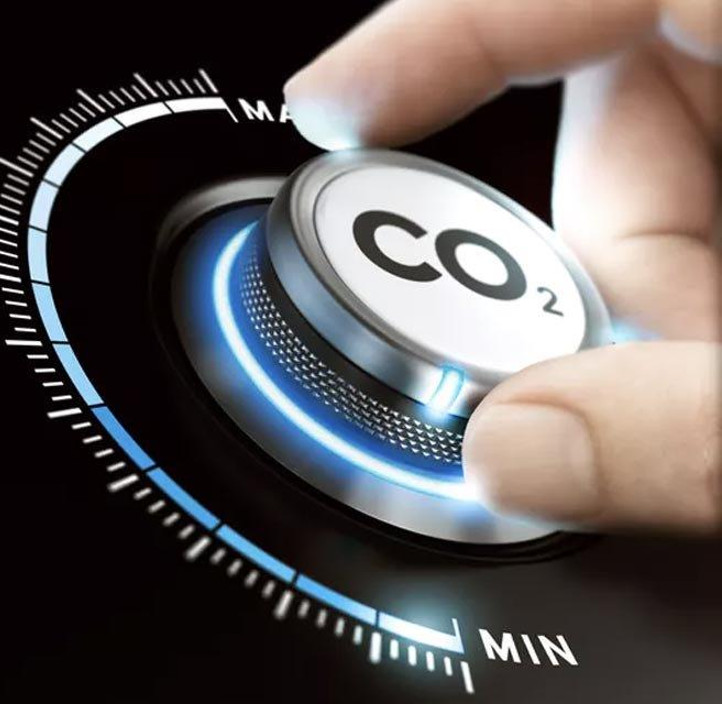
Test and select a set of sorbents (synthetic, natural and wastes) with appropriated formulation and characteristics suitable for Post-Combustion CO2 capture /Ca-Looping CO2 capture in terms of reactivity decay (calcinationcarbonation cycles) and carbonation capacity for sustainable operation in the cement industry (pursuing the intial work with CIMPOR in FCT-funded project CaReCI).
Design and assembly of a concentrated solar power heating system in a bench scale rotary oven calciner at SECIL lab for a lower energy penalty during sorbents calcination tests.
Model and design scaling-up for a Pilot-Scale Unit.
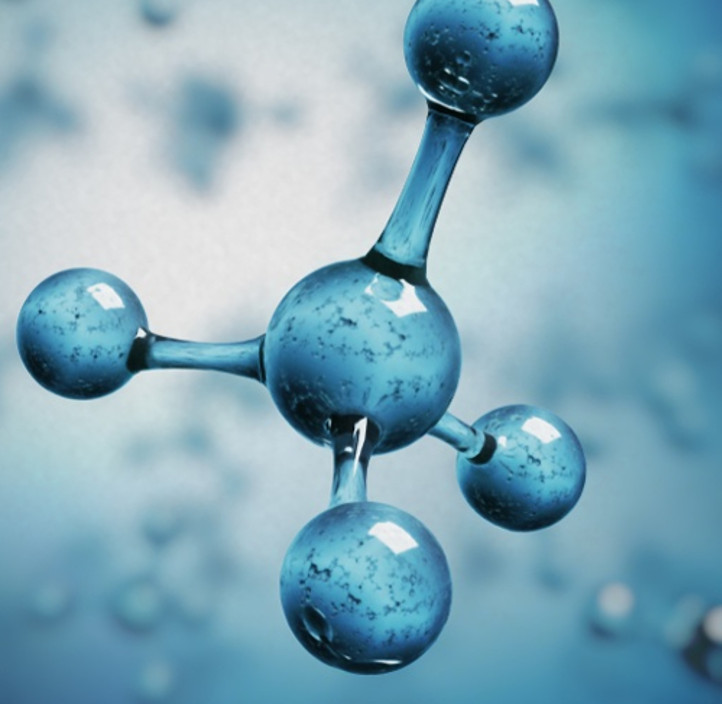
Development of advanced materials with potential properties for CO2 conversion into synthetic natural gas using realistic conditions, with tests performed in thermal and plasma units.
This project is meant to be an innovative and circular alternative for reducing carbon dioxide emissions in cement industry.
Green Hydrogen is essential for feasibility (wind, photovoltaic)
Full techno-economic evaluation of “carbon chemistry” solutions for the cement industry.
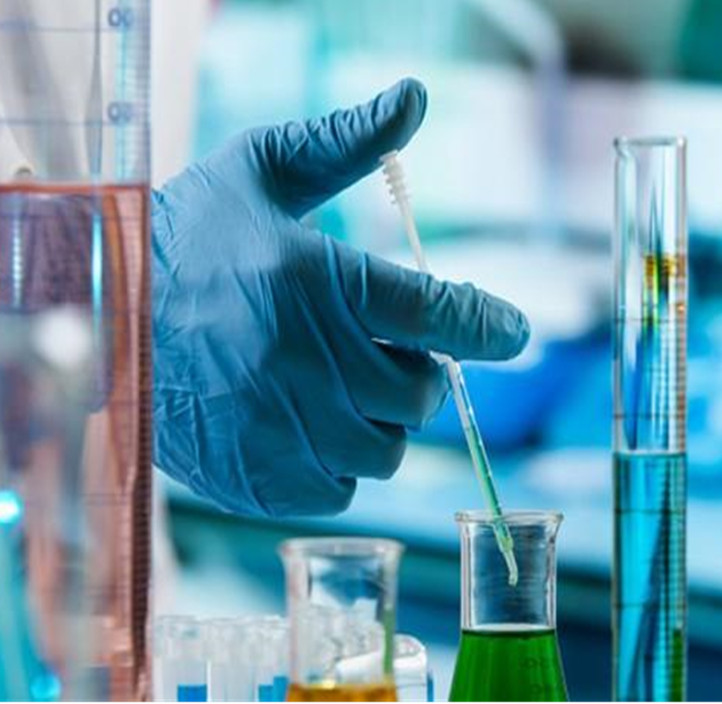
Synthesis of new Polycarboxylate Superplasticizer with a molecular structure designed to enhanced properties
Synthesis of different structures
Benchmarking approach
Iterative methodology
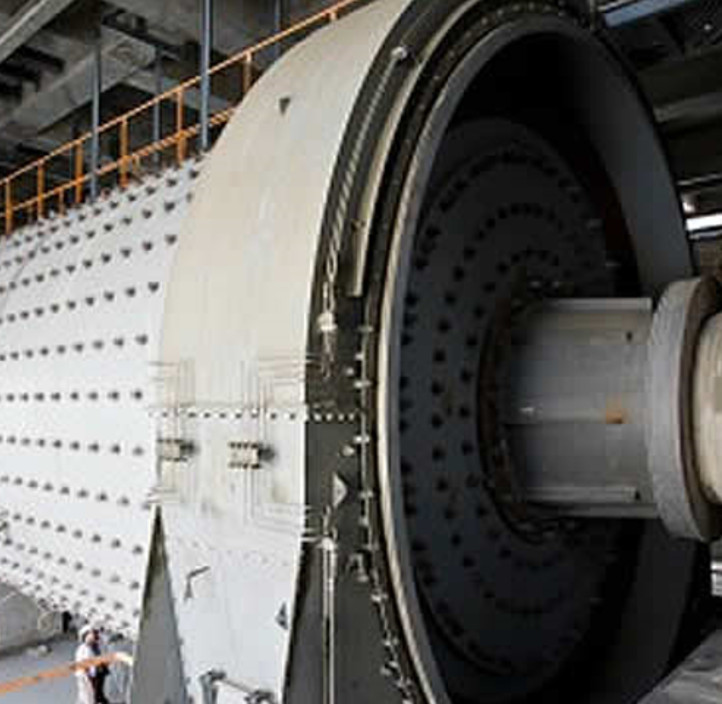
Separate finish grinding of cement constituents (clinker, limestone, slag, etc.) presenting different grindabilities and subsequent blending or mixing of intermediate components can show several advantages when compared to normal inter-grinding processes by designing the ideal PSD-curbe.
The project aims at evaluate the opportunities for optimizing separate finish grinding of cement by linking different mills (ball mills and vertical mills in the future) from different plants. But, although this is a well-known technology, plant layouts and product portfolios such a solution may make it difficult or impossible to enhance the transport, storage and blending facilities.
Comminution process assisted with micro-explosives to reduce the overall amount of power required for clinker finish grinding in a ball or vertical mill to produce cement. New comminution processes in the cement manufacturing process, reactivity optimization and clinker factor reduction, with a view to energy saving and CO2 emission reduction.
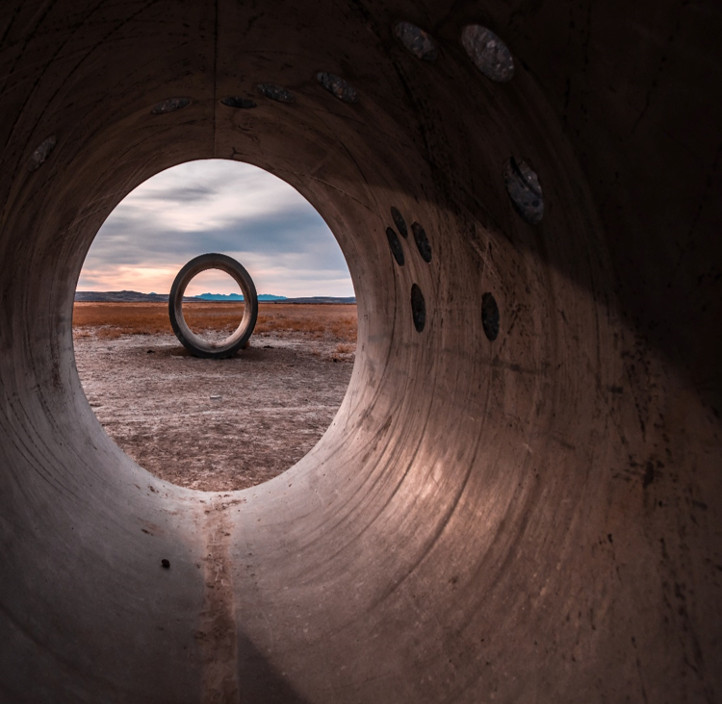
Partial replacement of clinker by calcined clays and limestone filer:
Evaluation of the pozzolanic characteristics of clays available in Portugal.
Optimization of characteristics of the cements produced with calcined clays and limestone filer.
Industrial production of the selected new cements.
Technology demonstration in full scale with durability evaluation of concrete structures produced with the new cements, testing a few structures with field exposure sites (e.g., seawater, salts, sulphates).
A consortium of several partners complementing each other and covering the full chain of cement sector, from product development to application and certification, are crucial for the full demonstration of the technology.
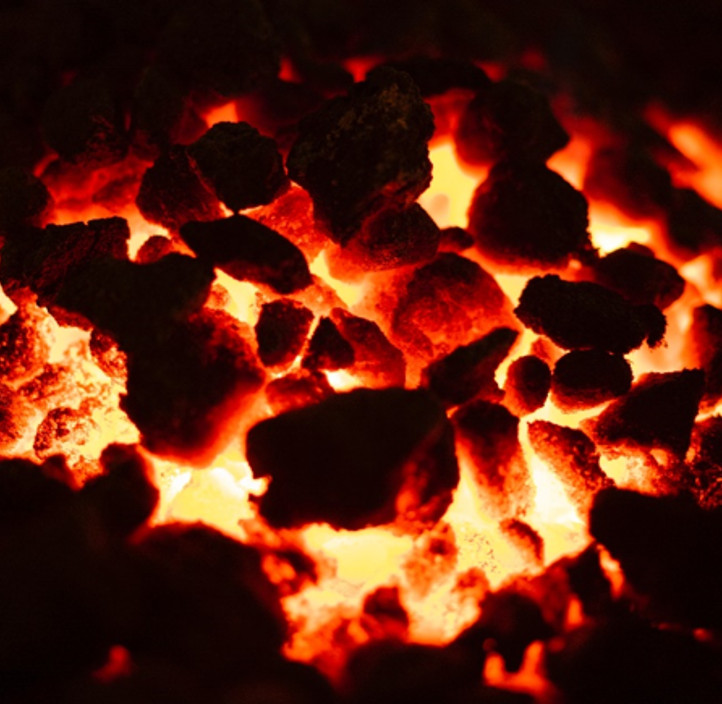
Partial replacement of clinker by bottom ashes from Waste-to-Energy plants:
- Evaluation of characteristics of available bottom ashes from W-t-E plants in Portugal;
- Study of methods of extraction of harmful or dangerous substances contained in such ashes;
- Optimization of characteristics of the cements produced with those bottom ashes;
- Industrial production of the selected new cements;
- Durability evaluation of concrete produced with the new cements.
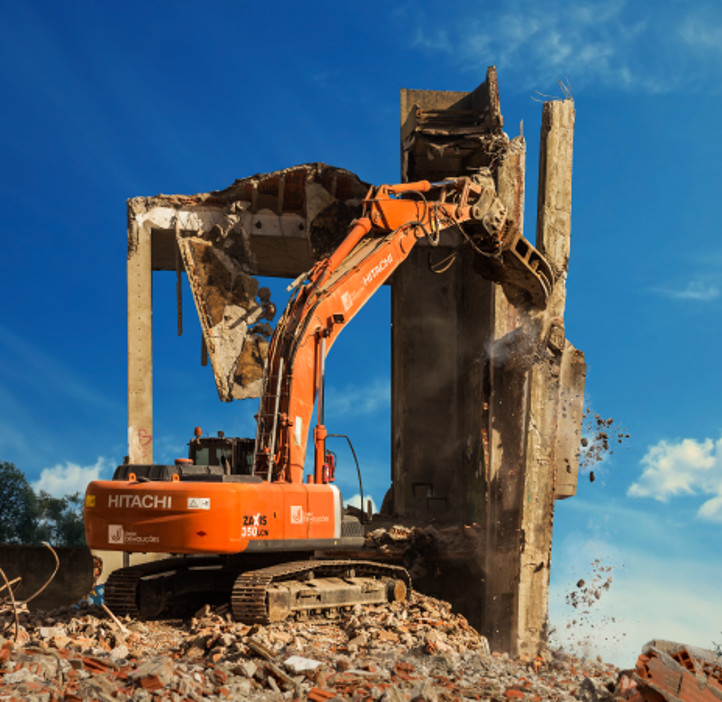
To enhance CO2 capture by maximizing carbonation and the CO2 content incorporated in the recycled concrete fines (RCF) and recycled concrete aggregates (RCA), with a view in technology scaling-up feasibility in the industrial environment, e.g., looking at the feasibility of installing a (re)carbonation unit at a cement plant that would use a fraction of flue gases from the kiln’s main chimney stack (recycled concrete fines + CO2 = cementitious material (re)carbonation of RCF).
To contribute to EU CO2 emissions mitigation targets and to reduce dramatically the amount of C&DW being landfilled with the promotion of circular economy that would require pushing for updated national regulations for C&DW (re)carbonated artificial aggregates use in construction.
To contribute to reducing concrete buildings carbon footprint taking a full life cycle perspective into account.
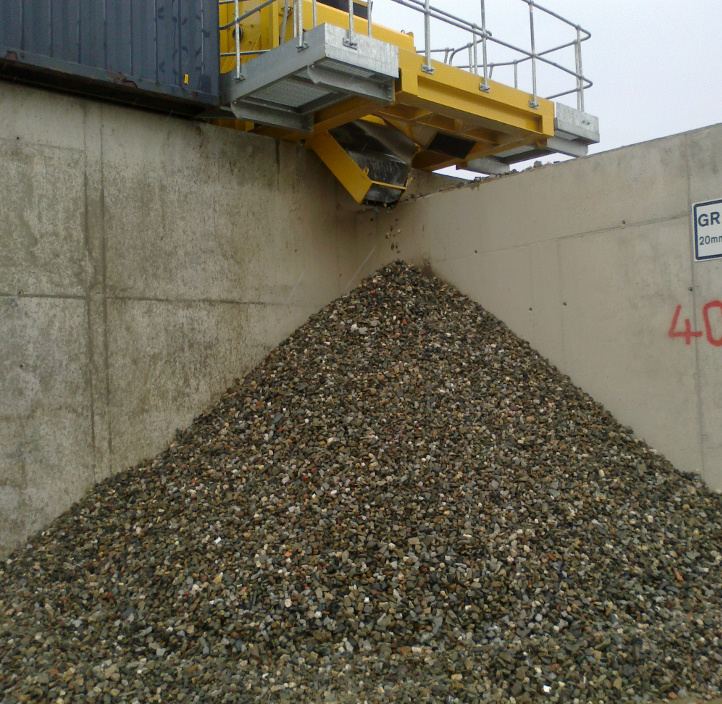
To produce aggregates for the manufacture of mortars and concrete, with partial recycling of materials, optimizing logistical operations, in order to reduce economic and environmental impacts and to contribute for a circular economy in the construction sector.
This study would consider both the use of carbonated and non-carbonated recycled aggregates and performance comparisons when used in concrete.

This Life Cycle Assessment (LCA) / Life Cycle Inventory (LCI) of cement industry is meant to be a tool to set the overall principles to evaluate every new project / solution to be developed under the C5Lab.
LCA will be used to design and promote sustainable materials and technologies that may improve the environmental performance of products through their life-cycles.
The project should consider a cradle-to-cradle approach that would take into account the use, end-of-life and recycling (upcycling and downcycling) phases of its products, where aspects of durability, energy savings, avoided CO2 emission, concrete carbonation, etc., would also be part of the full equation.
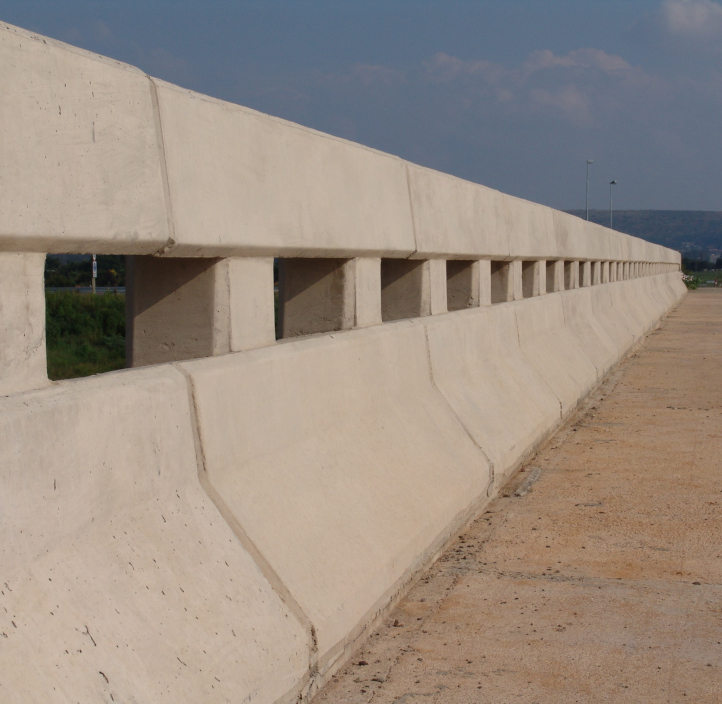
The research aims to understand potential existing constraints and decide whether they could be overcome in the use of a cement setting time control by-product in cement in a sustainable way.
Copyright © 2025 C5Lab